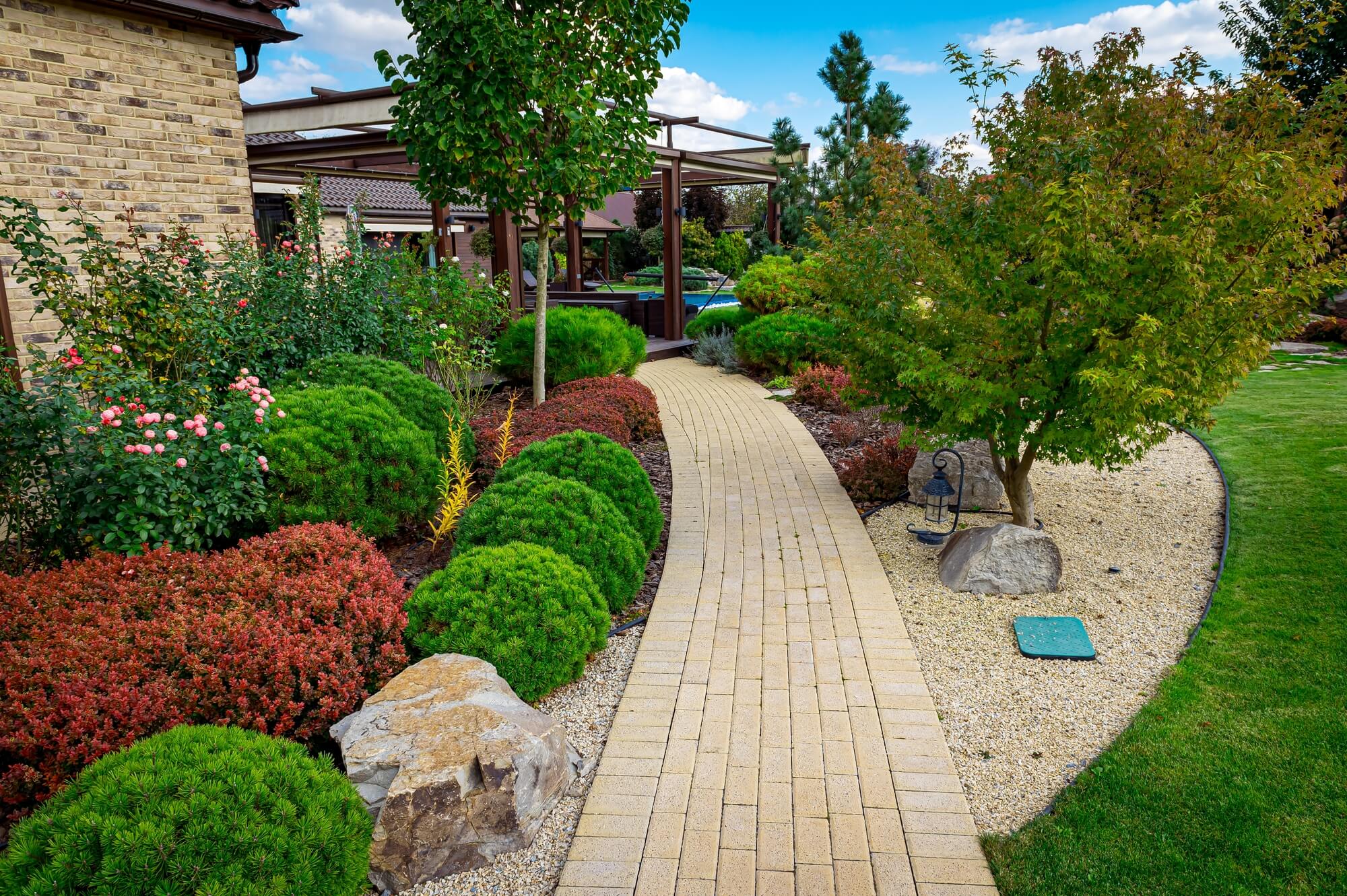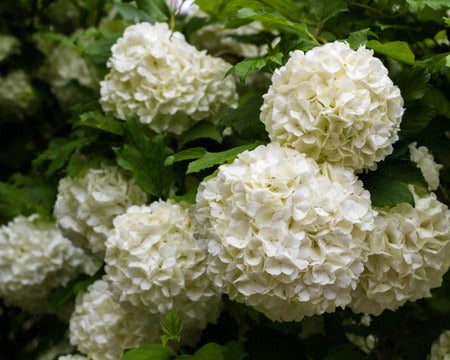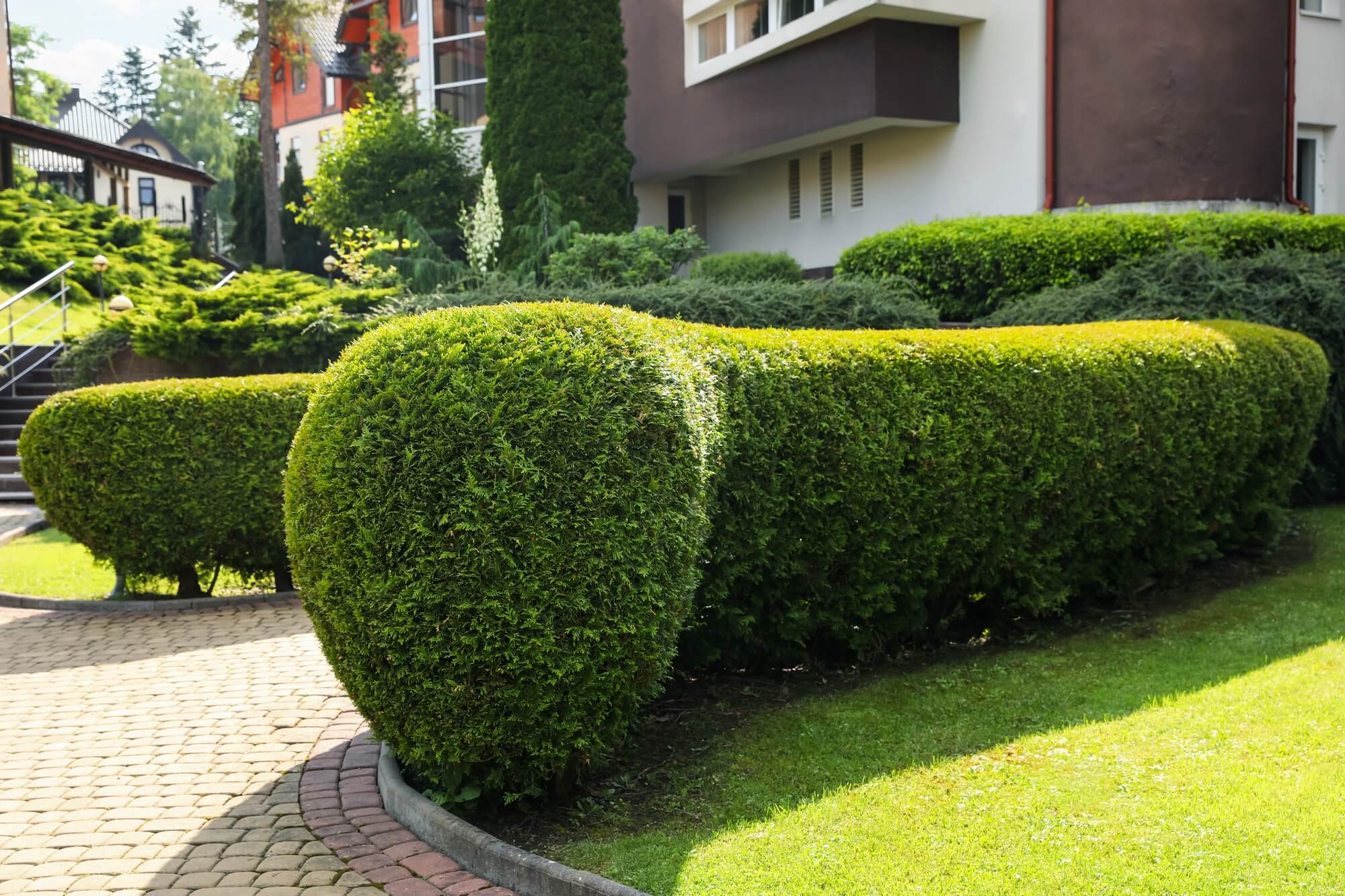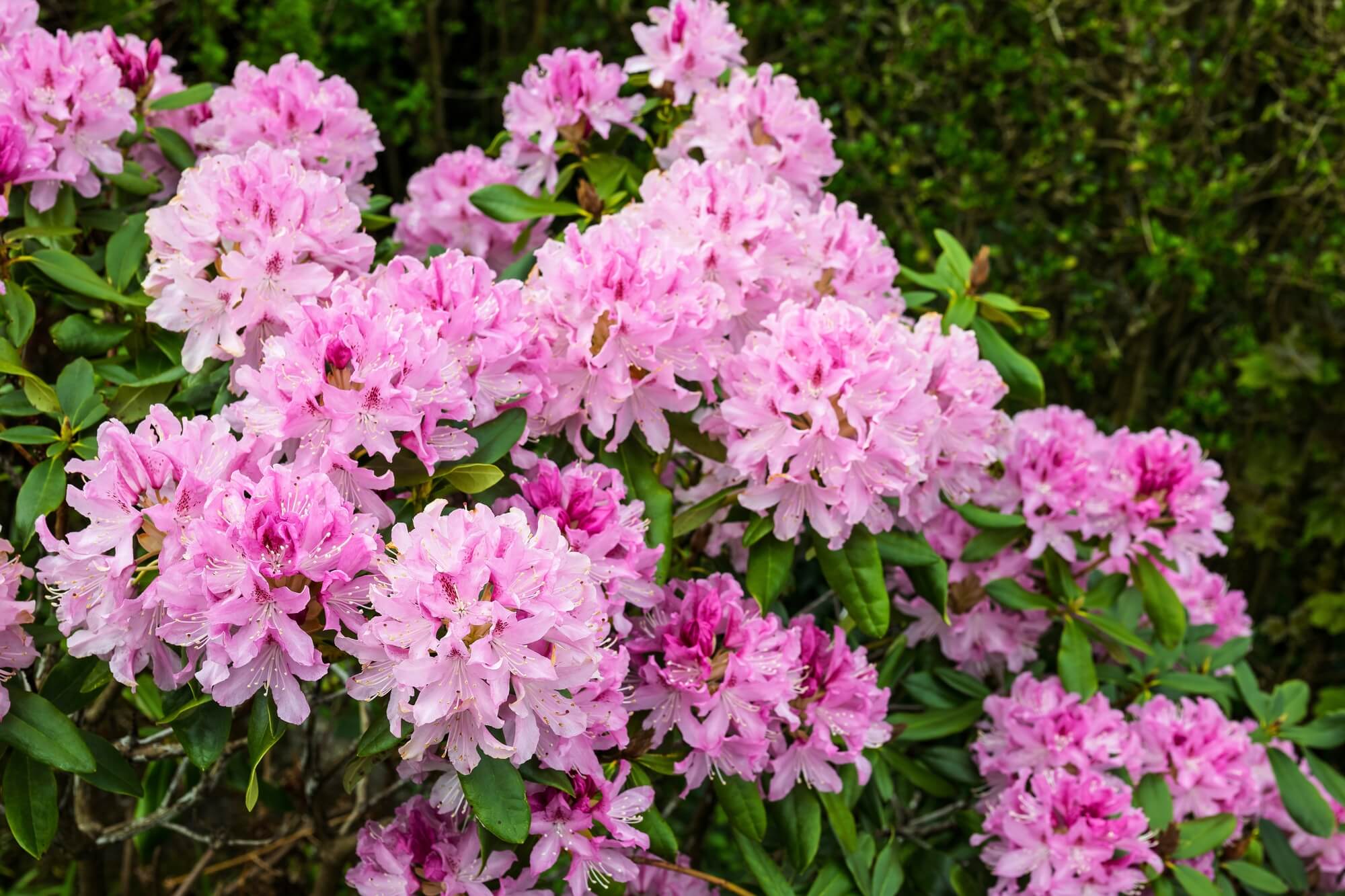Deer-resistant shrubs are the solution for areas where stags are a problem. You'll have healthier plants and intact landscaping for a reliably beautiful yard. T.N. Nursery hand-selects our collection of bushes and plants, affording you options that are as appealing as they are effective.
Have A Lush Garden With Deer Resistant Shrubs
In the quest to establish a lush green garden that is a haven for thriving wildlife and pollinators, selecting the right plants and trees can make a big difference. When looking for different options, you must choose native trees and shrubs, as they are well-adapted to local ecosystems and climate conditions. However, one of the biggest challenges gardeners face when designing their landscape is choosing plants that do not attract deer.
Deer are beautiful wild animals, but let's face it, they can cause some severe damage to your lovely garden. Deer likes to feast on plants, flowers, and fruits usually found in every garden. One night, you will sleep thinking your outdoor space is well protected; the following morning, it will be a mess.
Unfortunately, some of the most popular shrubs, including yews and arborvitae, are deer favorites. So, how do you prevent deer from ruining your yard? The answer is a deer-resistant shrub that allows you to keep those pesky deer at bay.
Featured Deer Resistant Shrubs
TN Nursery features a whole collection of plants to repel deer. These shrubs add a unique visual element to your garden and make sure that deer do not even enter your yard. You can go for vibrant shrubs if you want to add color and texture to your garden. On the other hand, if you prefer the classic lush greenery, we have plenty of deer-resistant shrub options for that as well.
The popular options include Witch Hazel, Burning Bush, and Blue Hydrangea. However, if you are looking for taller shrubs, check out Green Giant Arborvitae, Twilight Crepe Myrtle, and Japenese Hydrangea.
Red Weigelia Is A Perfect Deer Resistant Shrub
Our collection also features Red Weigelia, Green Mountain Boxwood, and Privet Hedge. All bush deer-resistant plants are known for their vibrant blooms and for keeping deer at bay.
Deer-resistant shrubs are the ideal way to transform your landscape while protecting it against trampling damage and grazing. These plants thrive in almost any environment due to their inherent hardiness, particularly in areas that wildlife can access. Their strong smells and tastes deter nibbling, helping you keep your beds and borders just how you want them.
The deer-resistant shrubs in our collection aren't just practical; they are also aesthetic. The species in our range offer beautiful blooms (if flowering), lush foliage, and minimal upkeep. You can use them for privacy, sectioning off parts of your garden or simply adding them to beds to create more contrast.
Popular choices like Spirea offer colorful blooms, while Witch Hazel, Blue Hydrangea, and Green Giant Arborvitae offer density and maximum deer-repellent action. Some of our deer-resistant bushes are celebrated for their fiery foliage, like Burning Bush, while others are subtle and elegant, like Muskogee Crepe Myrtle with its lavender-pink flowers and smooth cinnamon-colored bark.
For those wanting height, we also offer species like Twilight Crepe Myrtle and Green Giant Arborvitae. These deliver privacy thanks to their sheer density and ability to grow taller as the seasons go by, providing you with even more protection from prying eyes. Those wanting more of a classic touch and appearance should choose Red Weigela and Green Mountain Boxwood. Use these in more formal gardens to recreate traditional landscaping motifs while supporting sustainability by avoiding the use of harsh synthetic repellents.
Browse our curated collection of deer-resistant shrubs to find options that suit you down to a tee. Finding the right deer-resistant shrubs lets you balance your need for robust landscaping solutions with beautiful blooms and attracting plants that complement the rest of your garden. Reduce trampling and grazing damage while making your outdoor spaces even more spectacular.
Find deer-resistant shrubs, like Burning Bush and Spirea, that protect your garden against grazing animals while making it look stunning at the same time.



